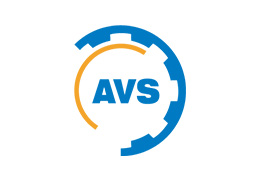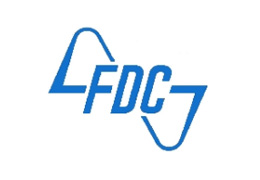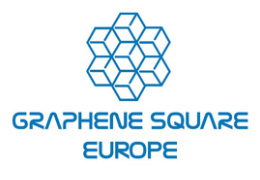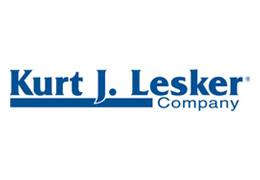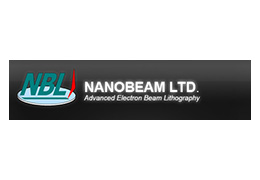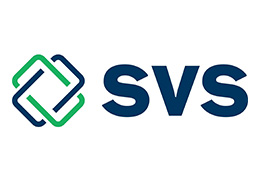Product Introduction
CS150 Potentiostat/Galvanostat contains a fastdigital function generator, high-speed data acquisition circuitry, a potentiostat and a galvanostat. With high performance in stability and accuracy with advanced hardware and well-functioned software, it is a comprehensive research platform for corrosion, batteries, electrochemical analysis, sensor, life science and environmental chemistry etc.Model CS150 is a cost-effective and basic model for you. With basic methods such as potentiostatic (I-T), CV, LSV, Potentiodynamic(Tafel plot), GCD, it’s suitable for various applications such as pitting corrosion measurement of surgical implants of medicine field, the carbon dioxide reduction, the electro-catalysis, battery charge and discharge tests, etc.

-1(1).png) Application
Application● Reaction mechanism of Electrosynthesis, electrodeposition, anodic oxidation, etc.
● Electrochemical analysis and sensor;
● New energy materials (Li-ion battery, solar cell, fuel cell, supercapacitors), advanced functional materials, photoelectronic materials;
● Corrosion study of metals in water, concrete and soil, etc;
● Fast evaluation of corrosion inhibitor, water stabilizer, coating and cathodic protection efficiency. Standard supply list for each set
Instrument host CS150 x1
CS studio software x1
Power cable x1
USB cable x1
Cell cable x2
Dummy cell(1kΩ||100µF) x1
Manual x1 Service: (**all the service is free)
1. Warranty period: 5 years
2. Provide installation guidance and manual, software installation video.
3. Lifetime free software upgrading and technical service
4. Provide repair service for free Technical advantages
1. Polarization curve
Tafel plot can be obtained. The user can set the anodic reversal current (passivation film breakdown current) of the cyclic polarization curve to obtain material’s pitting potential and protection potential and uate the its susceptibility to intergranular corrosion. The software uses non-linear fitting to analyze polarization curve, and can make fast evaluation of material’s anti-corrosion ability and inhibitors.
.png)
Polarization curve of Ti-based amorphous alloy & stainless steel in 3%NaCl solution
2. VoltammetryLinear Sweep Voltammetry(LSV), Cyclic Voltammetry(CV), SCV, SWV, DPV, NPV,ACV, Stripping voltammetry etc. It integrates calculation of peak area, peak current and standard curve analysis.

.jpg)
LSV: mesoporous carbon material in 0.1M KOH CV of PPy supercapacitor in 0.5 mol/L H2SO4
3. Electrochemical Noise
With high-resistance follower and zero-resistance ammeter, it measures the natural potential/current fluctuations in corrosion system. It can be used to study pitting corrosion, galvanic corrosion, crevice corrosion, and stress corrosion cracking etc. Based on calculation of noise resistance and pitting index, it can complete localized corrosion monitoring.

Full-floating mode be used for autoclave electrochemical measurements, on-line corrosion monitoring of metallic components under the ground (rebar in concrete, etc.) 5. Software development kit (SDK)
We are able to provide API functions and development examples, which facilitates some users’ requirements for secondary development and self-defined measurements. We can provide .dll file.
Software Features
Cyclic voltammetry: CS studio software provides users a versatile smoothing/differential/ integration kit, which can complete the calculation of peak height, peak area and peak potential of CV curves. In CV technique, during the data analysis, there is function of selecting exact cycle(s) to show. You can choose to see a cycle or some cycles as you want. You can also export data or vector graph of an exact cycle or several cycles.
.png)




Specifications
| Support 2-, 3- or 4-electrode system | Potential and current range: Automatic |
| Potential control range: ±10V | Current control range: ±2A |
| Potential control accuracy: 0.1%×full range±1mV | Current control accuracy: 0.1%×full range |
| Potential resolution: 10μV (>100Hz),3μV (<10Hz) | Current sensitivity:1pA |
| Rise time: <1μs (<10mA), <10μs (<2A) | Reference electrode input impedance:1012Ω||20pF |
| Current range: 2nA~2A, 10 ranges | Compliance voltage: ±21V |
| Maximum current output: 2A | CV and LSV scan rate: 0.001mV~10,000V/s |
| CA and CC pulse width: 0.0001~65,000s | Current increment during scan: 1mA@1A/ms> |
| Potential increment during scan: 0.076mV@1V/ms> | SWV frequency: 0.001~100 kHz |
| DPV and NPV pulse width: 0.0001~1000s | AD data acquisition:16bit@1 MHz,20bit@1 kHz |
| DA Resolution:16bit, setup time:1μs | Minimum potential increment in CV: 0.075mV |
| IMP frequency: 10μHz~1MHz | Low-pass filters: covering 8-decade |
| Operating System: Windows 2000/NT/XP/ 7/8/10 | Interface: USB 2.0 |
| Weight / Measurements: 6.5kg, 36.5 x 30.5 x16 cm | |
Techniques
Software /Techniques of model CS150 potentiostat
Stable polarization - Open Circuit Potential (OCP)
- Potentiostatic (I-T curve)
- Galvanostatic
- Potentiodynamic (Tafel plot)
- Galvanodynamic (DGP)
- Sweep-Step Functions (SSF)
- Multi Potential Steps
- Multi Current Steps
- Potential Stair-Step (VSTEP)
- Galvanic Stair-Step (ISTEP)
- Chronopotentiometry (CP)
- Chronoamperametry (CA)
- Chronocaulometry (CC)
- Linear Sweep Voltammetry (LSV)
- Cylic Voltammetry (CV)
- Cyclic polarization curve (CPP)
- Linear polarization curve (LPR)
- Electrochemical Potentiokinetic Reactivation (EPR)
- Electrochemical Noise (EN)
- Zero resistance Ammeter (ZRA)
- Battery Charge and Discharge
- Galvanostatic Charge and Discharge (GCD)
- Potentiostatic Charging and Discharging
- Potentiostatic Intermittent Titration Technique
- Galvanostatic Intermittent Titration Technique
- Data Logger
- Electrochemical Stripping/ Deposition
- Bulk Eletrolysis with Coulometry (BE)
- Rs Measurement



